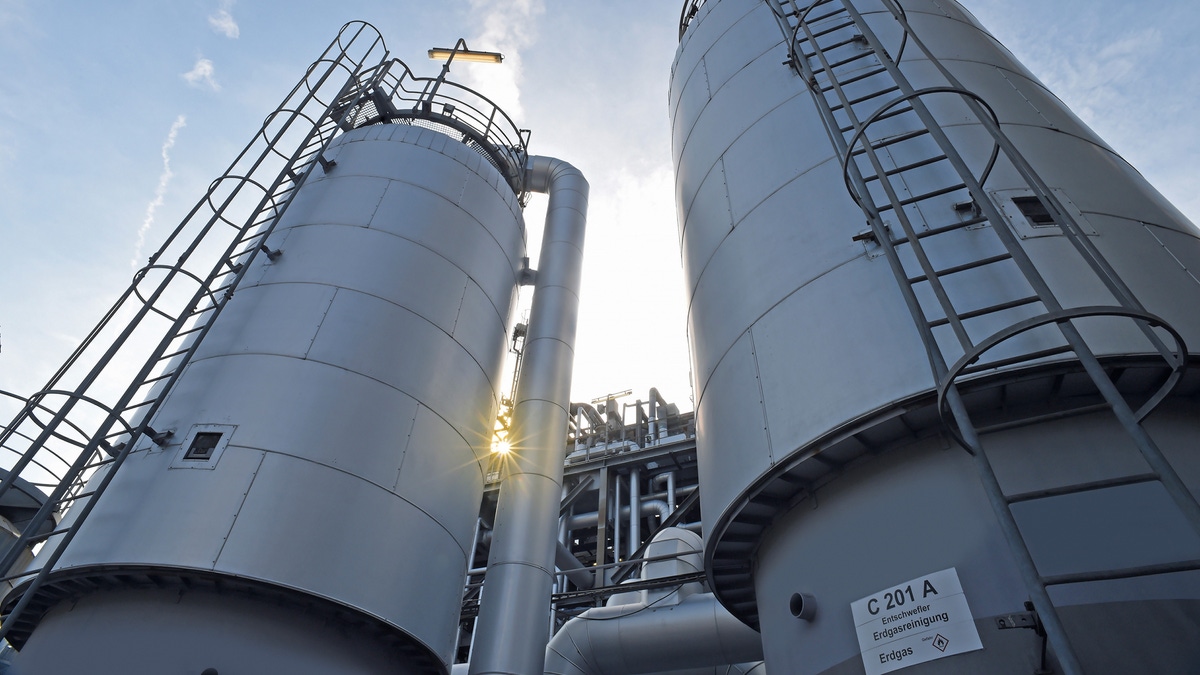BASF Expands Sustainable Product Portfolio with Renewable Ammonia Grades
Key Ideas
- BASF introduces two new renewable ammonia grades produced with hydrogen from renewable sources, reducing natural gas consumption in ammonia production.
- The demand for low-carbon ammonia is increasing, and BASF's renewable ammonia products aim to meet this growing market need.
- The expansion of BASF's ammonia portfolio is part of the company's sustainable journey towards climate neutrality and achieving net-zero CO2 emissions by 2050.
- The renewable ammonia grades are certified according to ISCC+ and offer a 'drop-in' solution with a very low product carbon footprint in Central Europe.
BASF has expanded its sustainable product portfolio by introducing two new renewable ammonia grades, renewable ammonia, and renewable ammonia solution 24.5%. These grades are produced at BASF's Verbund site in Ludwigshafen by feeding hydrogen into the ammonia plant, thereby reducing the plant's natural gas consumption. The hydrogen used in production comes from both fossil and renewable energy-derived sources, with the renewable hydrogen being attributed to the renewable ammonia grades through a mass balance approach. The new products have been certified according to ISCC+ and can be seamlessly integrated into existing practices. BASF aims to achieve net-zero emissions for its products, with renewable ammonia offering a lower product carbon footprint compared to other low-CO2 ammonia grades. The demand for low-carbon or 'green' ammonia is on the rise, and BASF is meeting this demand with their sustainable offerings. The expansion of the ammonia portfolio aligns with BASF's commitment to climate neutrality and the goal of achieving net-zero CO2 emissions by 2050. Overall, the introduction of these renewable ammonia grades signifies a positive step towards sustainability and environmental protection in the ammonia production process.
